Air Canada offers a selection of Flight Passes, which are pre-booked bundles of credits that can be redeemed toward flights between particular regions across Air Canada’s network.
Flight Passes might not be the best option for all travellers, but there are specific situations in which they can be particularly valuable, and it’s worth understanding how they work to see if they’re something you wish to leverage.
In This Post
Air Canada Flight Passes: The Basics
Air Canada Flight Passes are pre-booked packages of one-way flights that can be redeemed for travel between specific geographical areas during a specific time period.
In other words, rather than buying separate flights between two areas either as round-trip or one-way bookings, you prepay for a bundle of one-way credits that can be redeemed at your leisure when you decide to fly.
Air Canada is among the many airlines that offer Flight Pass products. Air Canada Flight Passes fall under two broad categories: Unlimited Flight Passes and or Fixed-Credit Flight Passes.
Unlimited Flight Passes
Unlimited Flight Passes are exactly what they sound like: you can travel as often as you’d like within a geographical area and during a specific time period. If there’s a time in your life when you need to go back and forth many times within a short timeframe, then these passes may be of use to you.
For example, if you were to purchase a three-month Across Canada Flex Unlimited Flight Pass, you’d be afforded the pleasure of flying across Canada to your heart’s content for three months.
As long as there are tickets available for purchase in the Economy (Flex) “M” fare category on any eligible flights within Canada, you have up until one hour prior to departure to book your seat.
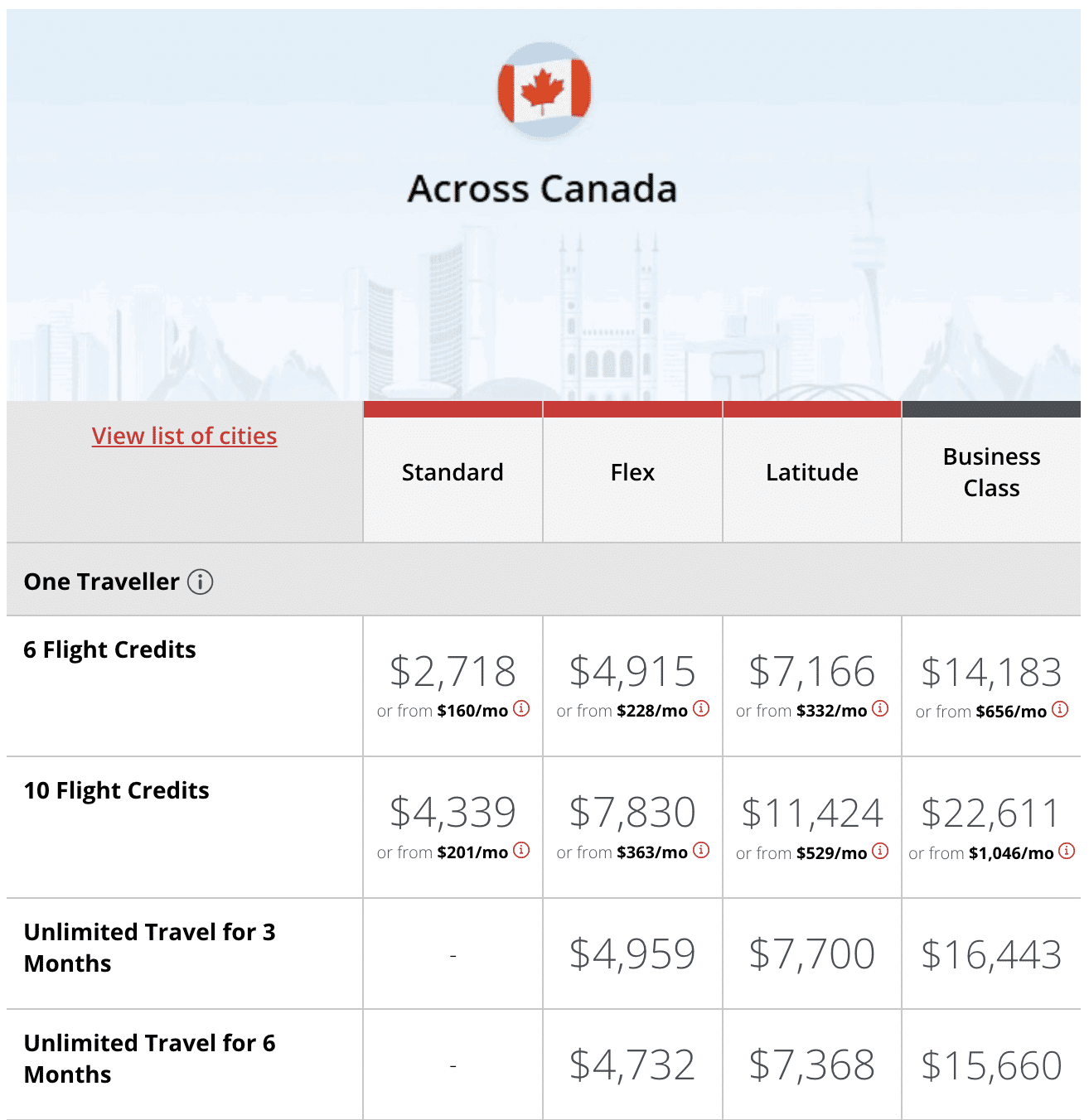
Doing so would cost you $4,959 (all figures in CAD) per month, though, so you’d need to make sure that you’re flying often enough to make this pass worthwhile.
If you think this might be a savvy way to rack up a bunch of Status Qualifying Miles (SQM) or Status Qualifying Segments (SQS) to reach a higher tier of Aeroplan Elite Status, you’ll be sad to know that it doesn’t quite work this way.
Rather, with Unlimited Flight Passes, you’re awarded a fixed amount of SQM each month your credit card is charged, and the amount of SQM you get depends on the fare purchased.
In the above example, as per the terms and conditions, 10,000 SQM would be deposited to your Aeroplan Elite Status account for each month your credit card is charged for the pass. Higher fares, such as Economy (Latitude), result in more SQM per month, while lower fare buckets, such as Economy (Standard), result in fewer SQM.
The amount of Status Qualifying Dollars (SQD) awarded for Unlimited Flight Passes is the total monthly charge, minus any applicable sales taxes.
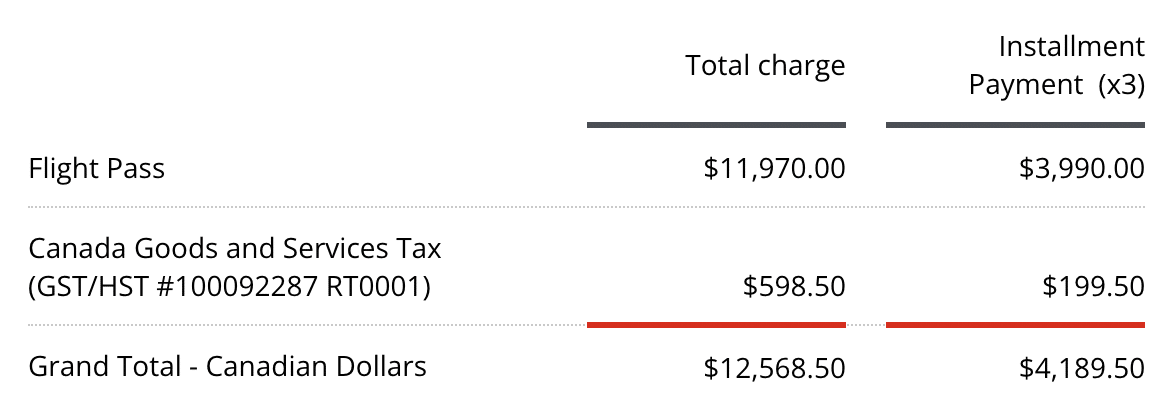
Importantly, SQDs for Unlimited Flight Passes are awarded after each monthly charge, and not after travel takes place.
Fixed-Credit Flight Passes
The other (and more common) type of Flight Passes are fixed-credit passes. These passes take a variety of shapes and forms for individuals, couples, families, and businesses.
Fixed-Credit Flight Passes are prepaid credits for flights. Each time you book a flight, one flight credit is redeemed from your allotment.
For example, a 10-credit East West Connector Flight Pass for one traveller permits 1o one-way trips between larger hubs in British Columbia and Alberta and major hubs in Ontario and Quebec.

Each one-way segment will redeem one flight credit from your balance, resulting in a total of 6 or 10 one-way segments across Canada.
Therefore, the cost of each segment is simply calculated by dividing the cost by the number of credits. In this case, let’s use a 10-credit pass for simplicity:
- An Economy (Standard) East West Connector Flight Pass is equal to paying $371.10 per one-way segment
- An Economy (Flex) East West Connector Flight Pass is equal to paying $595.50 per one-way segment
- An Economy (Latitude) East West Connector Flight Pass is equal to paying $932.20 per one-way segment
- A Business Class East West Connector Flight Pass is equal to paying $2,005.70 per one-way segment
There’s a wide range of available Flight Passes to choose from. Options span from regional passes for short distances, such as between Toronto and New York, to popular warm-weather destinations, to international destinations in Asia, Europe, the Middle East, North Africa, and South America.
At the time of publication, Air Canada offers 49 different Flight Passes.

Unlike Unlimited Flight Passes, which give you a fixed amount of SQM each month, you earn SQM as per the actual distance flown with fixed-credit Flight Passes. The SQM are deposited to your account after your flight is completed, and not when the pass is purchased.
You’ll also accumulate Aeroplan points as per your fare rules and distance flown.
With fixed-credit Flight Passes, the amount of SQD awarded is the average value per segment, minus any government-imposed taxes and fees, such as airport improvement fees, security fees, immigration fees, etc. These will vary depending on your origin and destination each time you use a pass.
Some Flight Passes come with additional fees during peak travel periods. Therefore, before purchasing a Flight Pass, be sure to read the terms and conditions to make sure you understand the entire scope of what you’re buying.

Depending on the Flight Pass you purchase, you can generally change or cancel your flights for a fee. Again, the terms and conditions for each product clearly state these rules, so make sure you’re comfortable with them before you buy your Flight Pass.
Lastly, you’ll earn both eUpgrades and Status Qualifying Miles for eligible Flight Pass activity as part of your Core Benefits. This means that each time you complete an eligible Flight Pass activity, you’ll get a boost of eUpgrades and SQM.
Using eUpgrades with Flight Passes
An important consideration with Flight Passes is that eUpgrades can be used with all Flight Pass bookings. As a reminder, the amount of eUpgrades required to upgrade to a higher class of service depends on the booking class of the Flight Pass you purchase.

In the above chart for eUpgrades required for travel to North America and Sun destinations, note that the amount of eUpgrades needed to upgrade to business class varies widely both between and within booking classes.
For example, a flight over 1,501 miles booked in most Economy (Flex) fare categories would cost 10 eUpgrades, while a similar flight booked in Economy (Flex) “M” would cost only 2 eUpgrade credits. Indeed, this is one of the benefits of Flight Passes, as you could be able to ration your eUpgrades more effectively, assuming they clear.
Most Flex Flight Passes for travel across Canada are in the Flex “M” booking class, which means that they’re booked at the highest tier within the Economy (Flex) fare bucket. While this would require the fewest amount of eUpgrades within this fare, you’re still subject to the eUpgrade clearance window that depends on your Aeroplan Elite Status level.
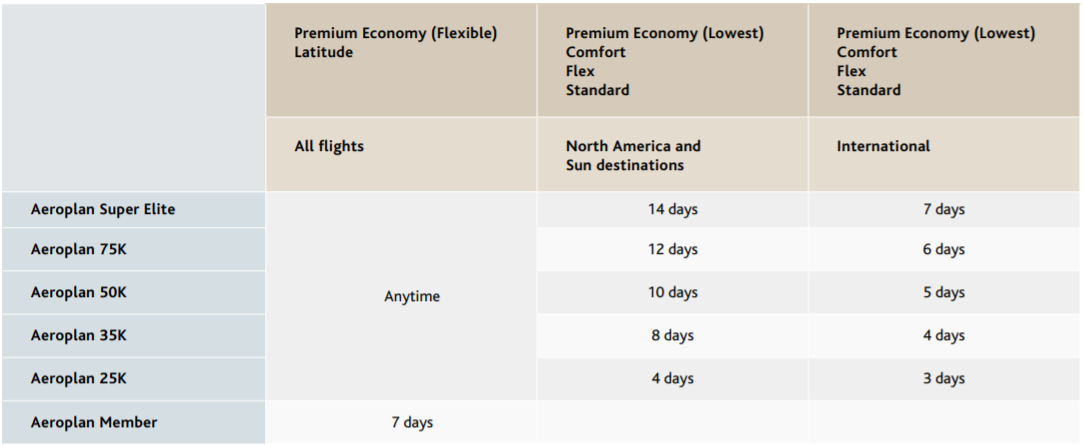
Recall that Economy (Latitude) fares aren’t subject to an eUpgrade clearance window. This means that as long as there’s eUpgrade availability on your desired flight and you have eUpgrades that are valid for the date of travel, you can use a Latitude Flight Pass to secure business class seats well in advance at a fixed price.
And since Economy (Latitude) fares are fully refundable, there’s no penalty if you need to cancel, even at the last minute.
Another benefit to Latitude Flight Passes is that you’re eligible for complimentary upgrades to business class. Upgrades are based on business class availability, and can only be requested and confirmed online between two days and one hour prior to departure.
Seasonal Flight Passes
Air Canada often sells promotional or seasonal flight passes, catering to specific audiences. For example, Air Canada has previously offered the Ski Flight Pass for winter sports enthusiasts.

This pass was valid for two or more travellers between popular ski destinations in Canada and the United States. The cost of the pass with eight flight credits was exactly double that of the pass with four flight credits, but you can have up to four passengers on the former and only two on the latter.
Let’s say you and your significant other want to go on a ski trip to British Columbia, and you live in Quebec. If you were to buy the four-credit Flex Flight Pass for $2,427, it works out to a cost of $606.75 per segment, or $1,213.50 round-trip per person.
Whether or not this is a great deal depends on the cash fare you’d otherwise pay when you book your flights. If you fly at the last minute, it could be a great deal, but if you were to book separate flights during a sale, then the Flight Pass is probably a more expensive option.
It’s imperative to read the terms and conditions in detail prior to purchasing a Flight Pass, since they vary so widely. It’s also good to compare the cost per credit with the retail cost per flight to ensure you’re comfortable with the price.
Are Air Canada Flight Passes a Good Deal?
The value of Air Canada Flight Passes is entirely subjective to how you travel and how you tend to book flights.
Some travellers may consider Flight Passes to be a fantastic deal, while others might not be comfortable with the idea of paying a premium for convenience and flexibility.
If you’re looking to buy a Flight Pass, your best bet might be to audit your flight bookings for the past year, and compare it with what you’d pay with a Flight Pass for the next year.
You’ll also want to weigh up the incremental benefits of Flight Passes, such as booking into higher fare categories, being able to cancel or change for a nominal fee, and having predictable costs for your travel.
Or, since the cost of a Flight Pass is fixed, while the cost of booking standalone flights fluctuates, you could also sit down and weigh the cost of each credit of a Flight Pass against the cost of purchasing each one-way or round-trip booking with cash.
For example, suppose you’re based in Edmonton, and fly to Los Angeles at least five times per year. You might consider buying a Western USA Plus Flight Pass at the following prices (subject to change):
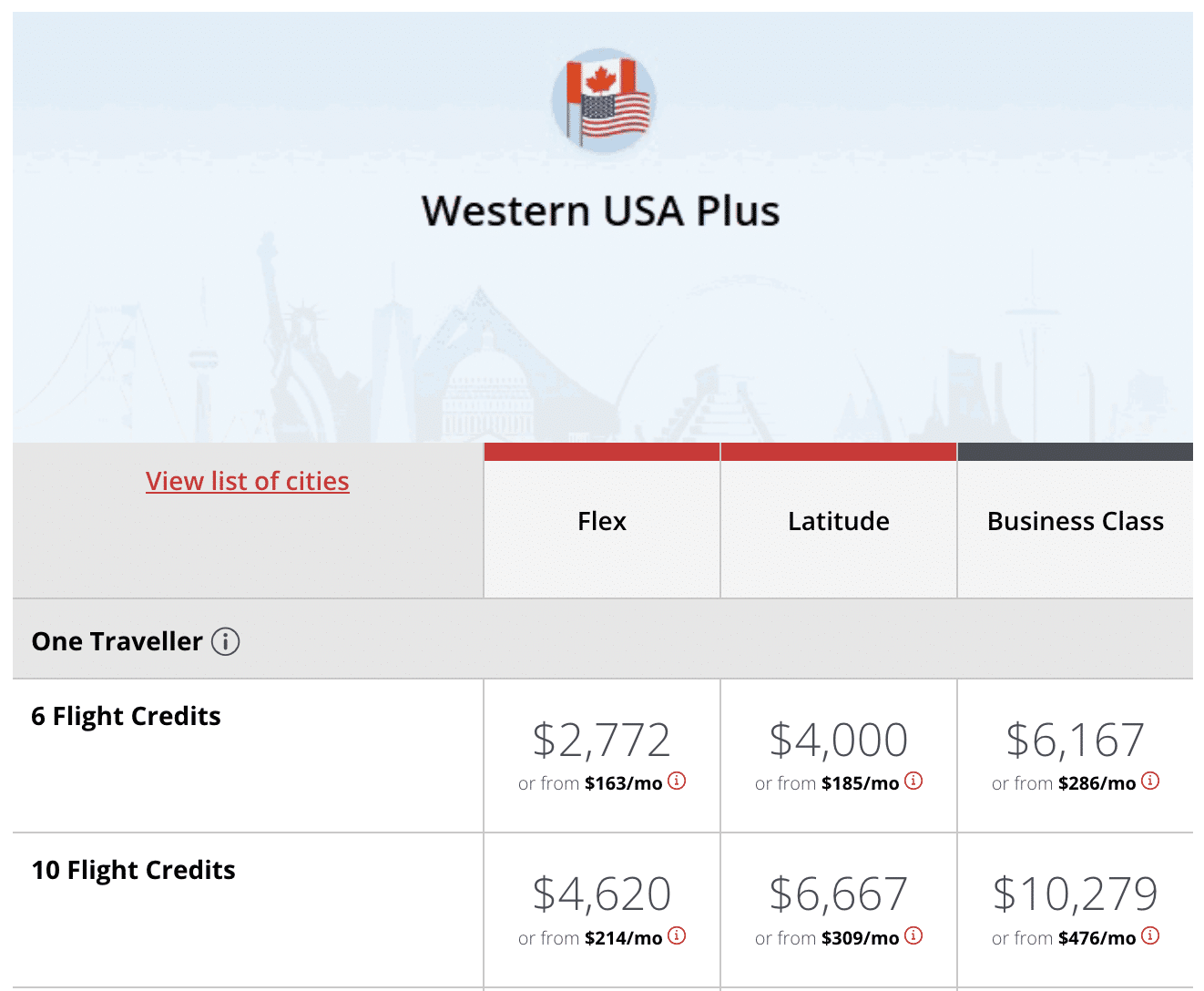
The cost per segment for a 10-credit pass works out as follows for the different fares:
- Flex: $462 per segment
- Latitude: $666.70 per segment
- Business Class: $1,027.90 per segment
If you consider the Flex Flight Pass as your best option, the next step would be to see how much an Economy (Flex) ticket costs if booked alone. If you book in advance and can take advantage of a sale, then the cost per segment is likely going to be higher with a Flight Pass than booking in advance.
For example, you might find an Economy (Flex) fare between Edmonton and Los Angeles for $318. In this case, you’d be paying more per segment with a Flight Pass, and booking standalone flights would be a better deal.
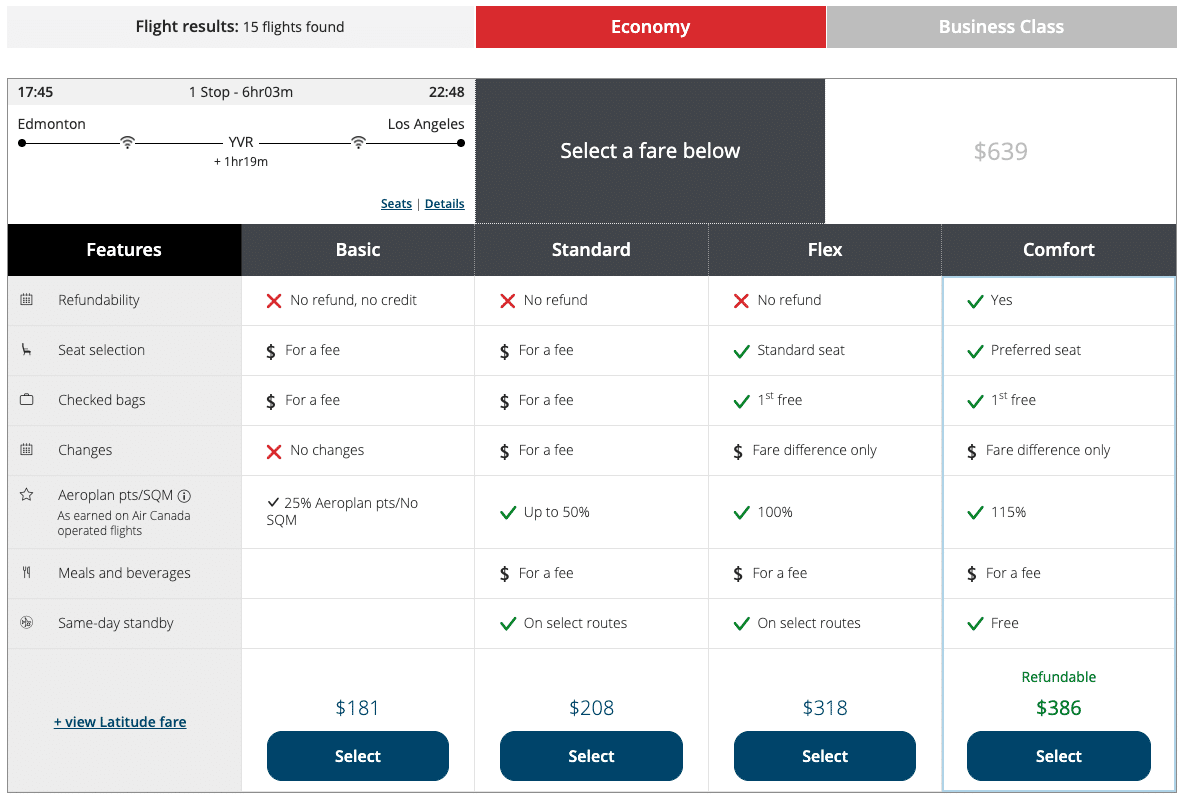
However, if you tend to book at the last minute or during busy travel periods, then the Flight Pass might actually wind up saving you money. For example, an Economy (Flex) ticket might cost $732 on a different date, in which case the $462 per-segment cost of the Flex Flight Pass is a better deal.
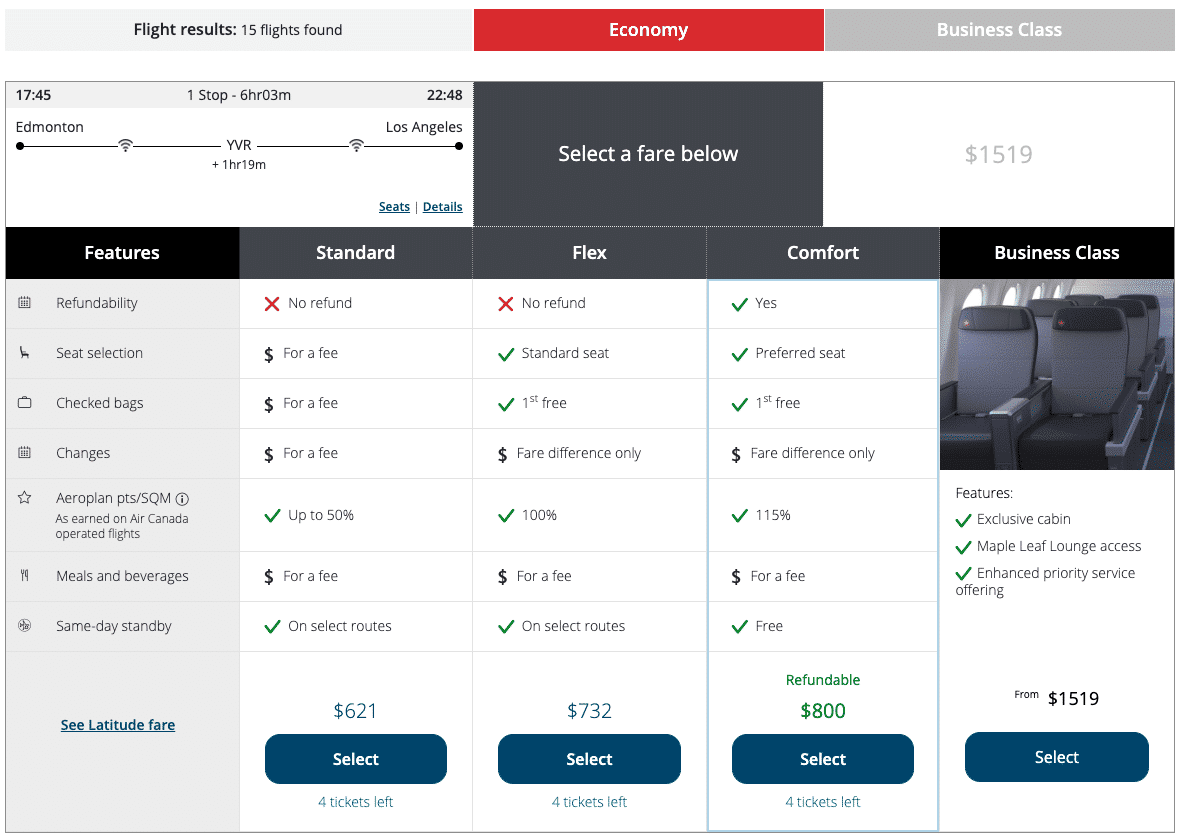
Again, Flight Passes depend on the availability of specific fares in order to redeem them, and are sometimes subject to additional fees during peak travel periods.
If you’re a bargain hunter, it’s unlikely that you’ll find outsized value with buying a Flight Pass. But if you’re someone who travels often between two places, it may be beneficial to consider buying an Air Canada Flight Pass for the flexibility, fixed pricing, and other incremental benefits.
Which Credit Card Should You Use to Buy an Air Canada Flight Pass?
If you’d like to maximize your earnings on the purchase of an Air Canada Flight Pass, you’ll likely want to pay for it with an Aeroplan co-branded credit card.
The American Express Aeroplan Reserve Card has the highest earning rate for Air Canada purchases in Canada, scoring you 3 Aeroplan points per dollar spent on eligible Air Canada and Air Canada Vacations purchases.
Plus, if you don’t enjoy lounge access through your status or by means of other credit cards, you’ll benefit from unlimited access to Air Canada Maple Leaf Lounges and the Air Canada Café in North America prior to your flight.
Alternatively, you can consider the TD® Aeroplan® Visa Infinite* Card, which earns 1.5 Aeroplan points† per dollar spent on Air Canada purchases†.
Let Us Take Care of You
If you’re an Air Canada frequent flyer looking to maximize the benefits of the Aeroplan Elite Status program, Flight Passes, Aeroplan points, eUpgrades, and more without putting in all of the work yourself, head over to the Prince of Travel Concierge website to learn more about our white-glove service.
Our expert Concierge account managers will look after everything on your behalf: crafting a comprehensive credit card strategy, ensuring you’re earning elite status and leveraging all of the benefits, redeeming points and Flight Pass credits for maximum value, and saving you time and money on booking travel.
Learn more about Prince of Travel Concierge, which offers frequent travellers, business owners, and founders a white-glove service for seamless travel.
Conclusion
Air Canada Flight Passes offer travellers the convenience of paying a fixed price for flights between two regions. As we’ve shown, passes tend to be more valuable for people who travel during peak periods and at the last minute, than for those who look to travel for the lowest price.
If you’re looking at an Air Canada Flight Pass, be sure to sit down and compare the costs and benefits of a pass versus paying for flights on a case-by-case basis. You’ll also want to give the terms and conditions for the Flight Pass a thorough read before completing the purchase.
† Terms and conditions apply. Please refer to the TD website for up-to-date information.






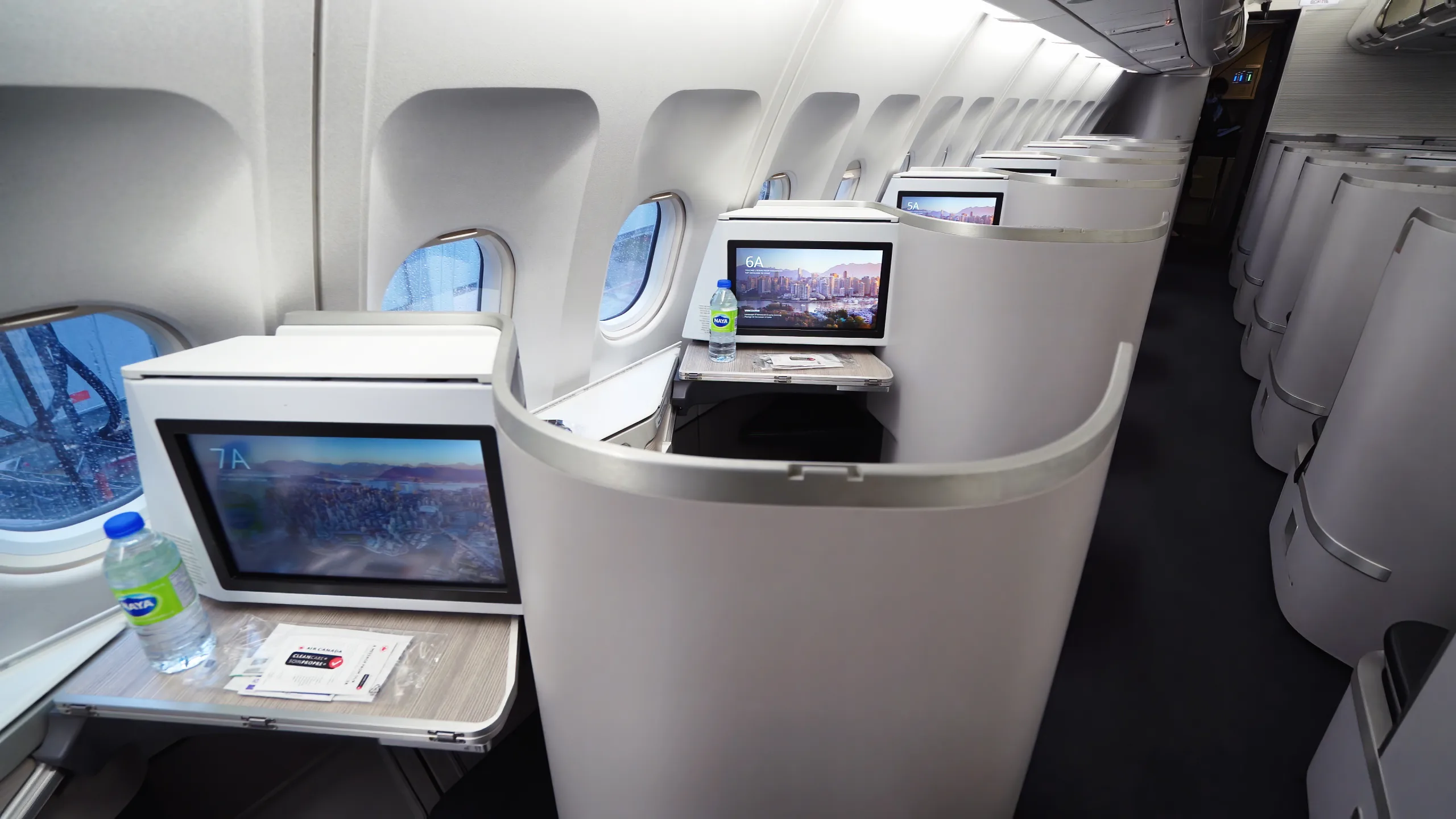


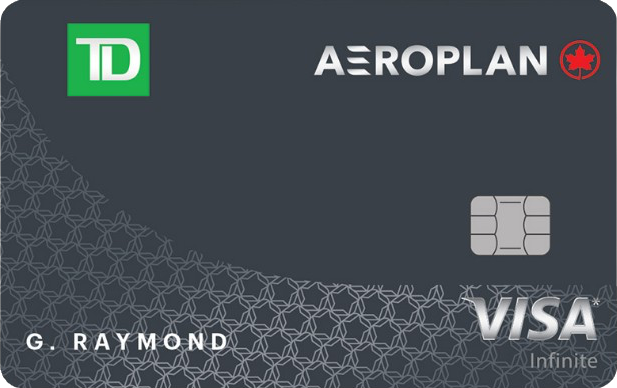

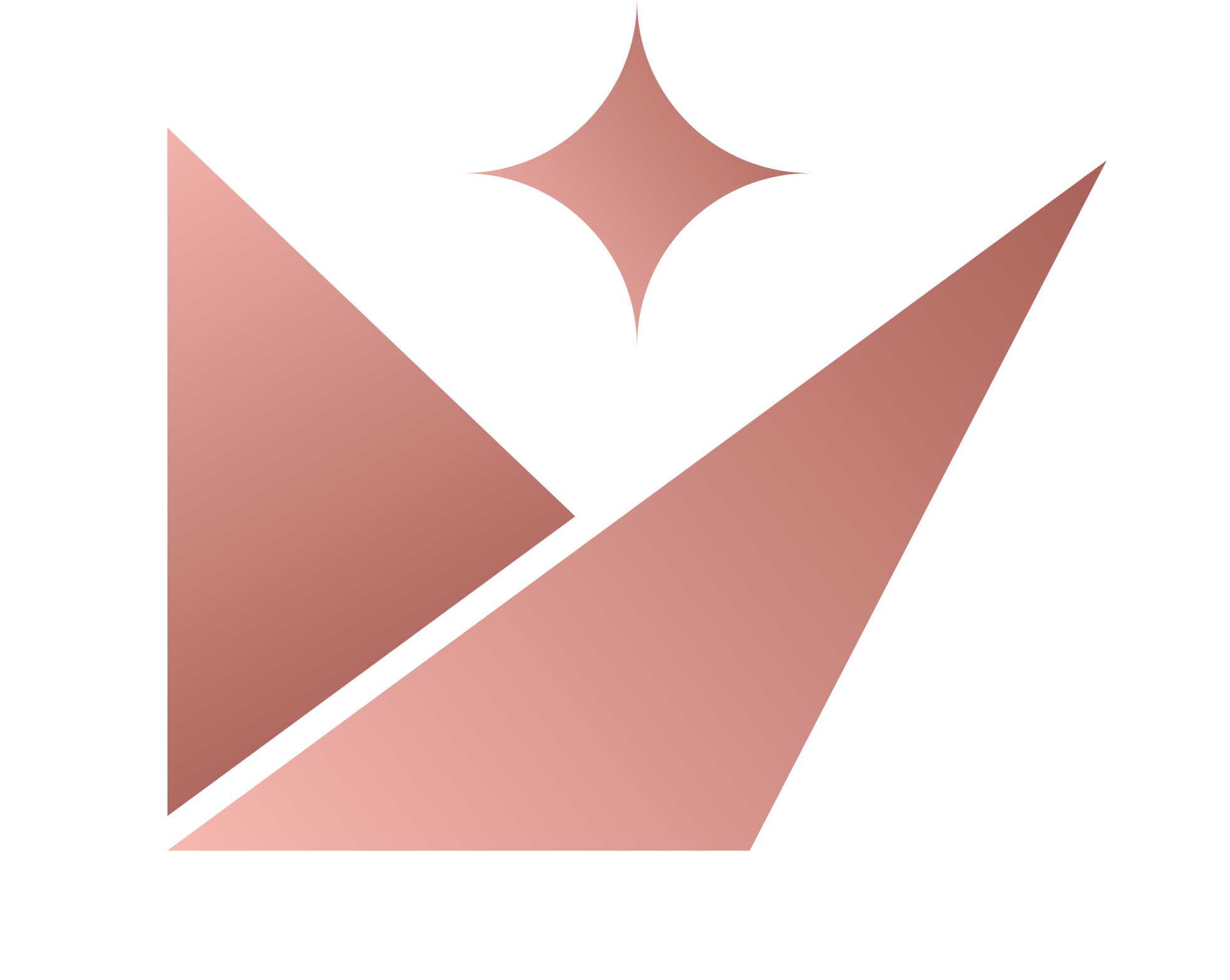



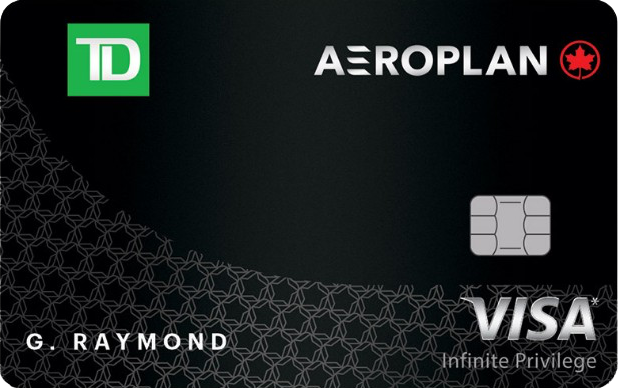





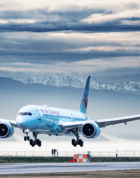



Question: Is there any benefit to the purchaser of the flight passes – for multi-passenger flight passes for an organization? Will I receive anything when I purchase the flight pass, aside from using the flight pass.
CRITICAL INFO: Ticket availability is different for flight passes compared to booking normally via their website/agent/third party. Flight pass booking availability is much smaller. This means if you’ve bought a flight pass and have short to medium term travel plans, you’re SOL. If you bought a flight pass and have travel plans during high season, you’re also very likely SOL.
Hi PrinceofTravel team
I am trying to confirm something about the Flight Passes and can’t find the information anywhere.
If my wife and I bought one of the packs (2 person), could we travel with our infant (less than two years) on our lap?
Thank you for your help!
You won’t have a problem with buying a Flight Pass and travelling with an infant on lap. Just book your flights and then contact Air Canada by phone to add the infant on lap after the booking is made.
I use passes since many Years and specifically in the Covid-19 AC gave us the extension which basically make them free. Complimentary upgrades, flexibility and additional eUpgrades make it so attractive for business travelers. I can hunt for business space to fly to Europe and at the same time see different cities at a fraction of cost.
Sean, it is if you buy the pass you will get extra few eUpgrades – number is depending on your status
Great summary for the flight passes – I am actually finding to be a lot more economical now to book these flight passes (in particular the credits) then to book travel as prices are soaring. For example, to Europe now it’s ~1500 for round trip on flex using credits, whereas you can’t even get anywhere below 2200$ if you book cash. On that note, one of the Europe destinations I want to hit is IST from Yyz. On AC site, there’s no direct option, all connections with full AC flight #s or AC code shares are through CPH, VIE, FRA, among others. I found a flight through CPH that had V class availability, which is what is required as per the rules for international flight pass. But when I search using the preview availability feature on flight pass for the same exact flight, it doesn’t show up. It only gives me flights via FRA, which don’t have V class availability, and there’s literally no option for months for V class to IST using flight pass. My question is, how close is the preview availability feature to real-life scenario for when I do want to book? It doesn’t make sense to me as to why the flight via CPH wouldn’t show up as an option as YYZ – CPH – IST are all AC marketed flights (even the latter, AC code share operated by TK) just as it would be via FRA (with FRA – IST operated by Lufthansa on AC code share again)? Is there a support I can contact to confirm this before purchasing – as I don’t want to buy and then find out I can’t purchase even though I see it on AC site.
Sean — With the purchase of most flight passes (not unlimited, or some limited-time promotional flight passes) you can earn additional eUpgrade credits as a select benefit of your status.
Also, Richard’s right — most Latitude flight passes allow for complimentary upgrades on a space available basis at 48 hours from departure. You have to request them on the website, but at least even if the flight is J1, you get the upgrade.
It makes Latitude passes interesting for those looking to frequently fly a Signature route like YVR-YYZ, but with flexibility on when they fly. Most days, it’s pretty easy to find at least one widebody on that route that’s J>0 48 hours from departure.
Great thorough analysis of a unique product and it’s advantages.
I would only add that there are some passes that allow for what they call a free upgrade 24 hours before flight time and that I have always been able to grab a free upgrade or change my flight to an earlier or later flight where space was available. So it is important as T.J. says to make yourself aware of the detailed terms of the particular flight pass.
Note that agents don’t always know the difference between an upgrade requiring e-upgrade credits and a free upgrade and you have to specify that you are within the booking period for a free one.
Once you get the upgrade to biz class, if you wish to change your flight to a more convenient time, you won’t be able to unless there is still availability in the Economy fare class applicable to the flight pass. Even when the J-Class cabin on that flight is completely empty!
One more weird thing. The flight pass is intended to be a digital offer where you do everything yourself on line. This means you have to download a separate App and many agents can’t help you with bookings or problems. I suggest you carry a print out of the flight pass purchase in your travel bag that has all the particulars including a unique booking reference code in case you get locked out of the App and you need to book a flight.
I’ve always been slightly confused by the “earn eUpgrades for eligible flight status activity”. What does that mean, exactly?